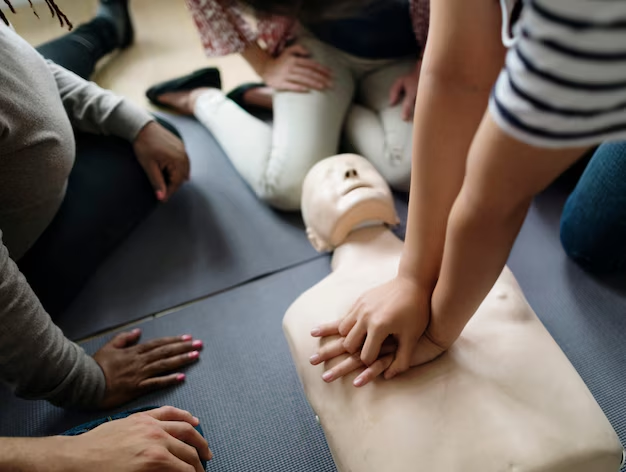How to Become a Certified CPR Instructor
Becoming a certified CPR instructor is a fulfilling way to empower others with life-saving skills. The journey begins with obtaining a foundational certification in CPR/AED through an accredited organization such as the American Heart Association (AHA), the American Red Cross, or the National Safety Council. These certifications not only establish your competence but also build a strong foundation for instructing others. After acquiring your CPR certification, the next step involves enrolling in a CPR Instructor Course offered by these same organizations. Here, you will learn effective teaching methodologies, gain hands-on experience, and understand how to engage your future students dynamically. Completing this course, students will typically also need to pass an instructor exam and demonstrate proficiency in CPR to receive their certification as an instructor. While a specific degree is not mandatory, pursuing related health or education courses can significantly enhance your teaching repertoire and expand career opportunities.
To stand out in this profession, consider complementary certifications or licenses in the broader scope of emergency medical services or health education. These credentials can give you an edge when seeking employment in educational institutions or healthcare facilities. Furthermore, continuous education is crucial in keeping up with advancements in CPR techniques and training strategies. By investing in ongoing professional development, you position yourself as a top-tier candidate in the field, ready to impart critical skills with confidence and authority.
Certifications & Pathways to Becoming a Certified CPR Instructor:
- 📜 Current CPR/AED Certification: Obtain through AHA, American Red Cross, or National Safety Council.
- 📚 CPR Instructor Course: Enroll in and complete a course to learn teaching methodologies.
- 👩🏫 Instructor Exam: Pass the certification exam to demonstrate your teaching proficiency.
- 🎓 Related Degrees (Optional): Health education, emergency medical services, or public health.
- 🔄 Continuing Education: Stay updated on the latest CPR methods and teaching techniques.
